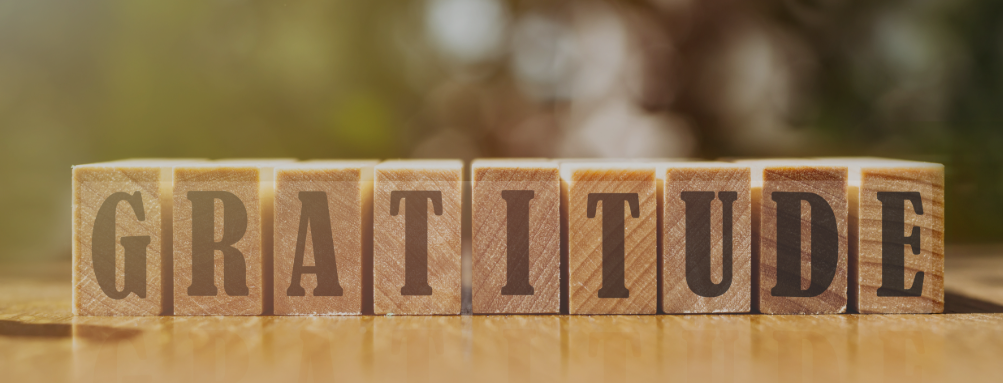
https://healthcare.utah.edu/healthfeed/2021/11/practicing-gratitude-better-health-and-well-being
Globally, happiness is on the decline, as 5.7 percent of adults are experiencing depression, and the loss of joy became the third leading cause of death among 15 – 29 years old (World Health Organization). This is a huge problem that the world is facing, as the pursuit of happiness is an “unalienable human right” and a “fundamental human goal”(U.S. 1776; The United Nations). Thankfully, there are possible ways to preserve this basic human right – in biochemical ways. By understanding the neurochemical nature of happiness, we can learn methods that empower us to become the true owners of our own happiness.
Firstly, in order to protect our basic human right of happiness, we need to understand what it is. What is happiness? You might think that it is nothing more than just one of the emotions that we have. Well, while it is an emotion, it needs a more intricate approach than that. It is a combination of our biochemical activities of the neurotransmitters, such as dopamine and serotonin, inside our brain.
Serotonin and dopamine are the neurochemicals that are responsible for our brain. Dopamine is secreted as a response to the stimulus, which are pleasurable experiences(Cleveland Clinic). Then dopamine gives us the feeling of happiness as a reward, and makes us seek those experiences more often(Harvard Medical School). This means that when people are able to gain pleasure in mature ways, then they will achieve more happiness as we become healthier. Serotonin is secreted when we feel positive emotions(Young 395-396). Interestingly, this serotonin secretion enhances our mood and that re-stimulates serotonin’s activities, creating a positive feedback loop of happiness and serotonin(Young 395-396).
Now we know the biochemical methods that are helpful to preserve our happiness. Then, how can we apply those characteristics to our happiness by ourselves? Well the answer is in gratitude. Gratitude changes the molecular structure of our brain, creating more serotonin and dopamine(Moran; Burton). Then, serotonin secretion would be the stimulus for making a positive feedback loop of happiness. Also, gratitude encourages dopamine’s function, giving us a way to gain pleasure in mature ways.
Works Cited
Burton, Linda Roszak. “The Neuroscience of Gratitude.” Wharton Health Care Management Alumni Association, https://www.whartonhealthcare.org/the_neuroscience_of_gratitude. Accessed 25 September 2025.
Cleveland Clinic. “Dopamine: What It Is, Function & Symptoms.” Cleveland Clinic, 23 March 2022, https://my.clevelandclinic.org/health/articles/22581-dopamine. Accessed 26 September 2025.
Harvard Medical School. “Dopamine: The pathway to pleasure.” Harvard Health, https://www.health.harvard.edu/mind-and-mood/dopamine-the-pathway-to-pleasure. Accessed 26 September 2025.
Moran, Joan. “Pause, reflect and give thanks: the power of gratitude during the holidays.” Newsroom | The University of California at Los Angeles, 29 October 2013, https://newsroom.ucla.edu/stories/gratitude-249167. Accessed 25 September 2025.
World Health Organization. “Depressive disorder (depression).” World Health Organization (WHO), 29 August 2025, https://www.who.int/news-room/fact-sheets/detail/depression. Accessed 26 September 2025.
The United Nations. “International Day of Happiness | United Nations.” the United Nations, https://www.un.org/en/observances/happiness-day. Accessed 26 September 2025.
Young, Simon N. “How to increase serotonin in the human brain without drugs.” Journal of Psychiatry and Neuroscience, vol. 32, no. 6, 2007, 394 ~ 399. PubMed Central, https://pmc.ncbi.nlm.nih.gov/articles/PMC2077351/. Accessed 25 September 2025.
By: Hangyul Park

